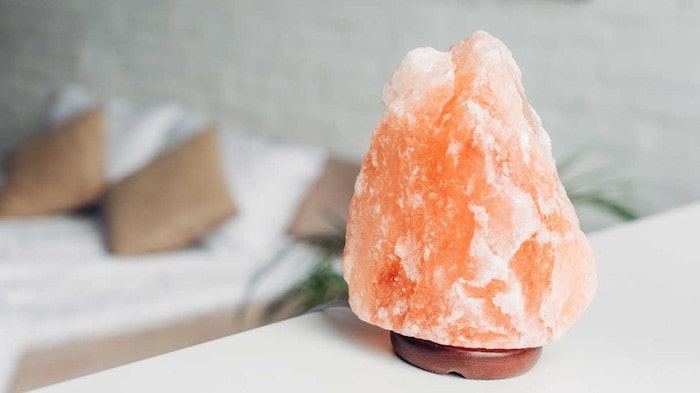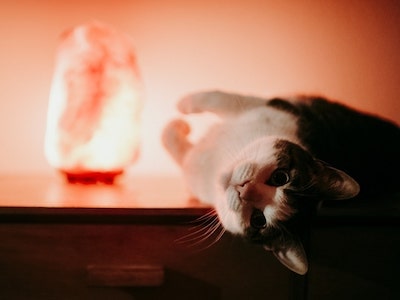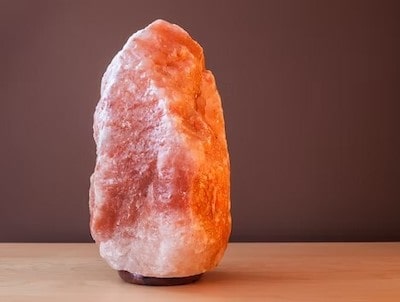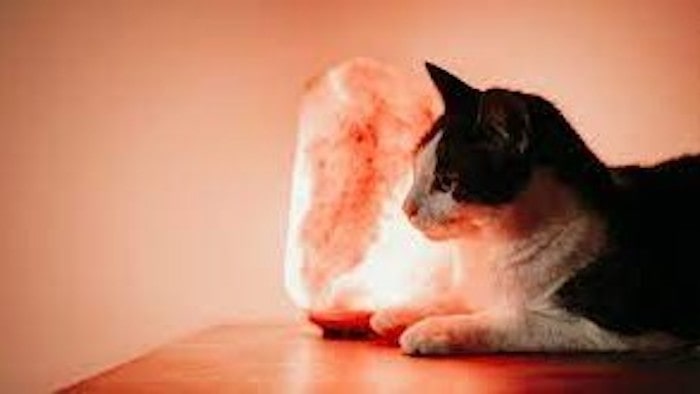As pet owners, we strive to create a safe and nurturing environment for our furry companions. From selecting the right food to providing a cozy place to rest, we invest time and effort in ensuring their well-being. However, there are hidden dangers lurking in our homes that we may not even be aware of.
One such potential hazard comes in the form of salt lamps. While these trendy decorative pieces have gained popularity for their alleged health benefits, it is crucial for cat owners to understand the potential risks they pose to our feline friends.
In this article, we will delve into the question that many concerned cat owners have asked: “Why are salt lamps bad for cats?” By uncovering the hidden truths behind salt lamps and their impact on our beloved pets, we aim to shed light on this important topic and provide valuable insights to keep our feline companions safe and healthy.
What are salt lamps and why are they popular?
Rock salt from the Himalayan mountain range is cut into crystals used to make salt lamps. Numerous minerals in the salt are responsible for its unique colour and texture. Salt lamps come in a variety of sizes, forms, and even have some that are carved into various creatures or items.
Salt lamps are popular due to their visual appeal as well as their purported health advantages. Some individuals think that salt lamps may clean the air by gathering dust, allergies, and pollutants to their surfaces and emitting negative ions that neutralise positive ions in the air.

Anxiety, tension, exhaustion, and other negative consequences on health and well-being are claimed to be caused by positive ions. Negative ions, on the other hand, are claimed to increase energy, mood, sleep quality, and the immune system.
However, there is no scientific proof that salt lamps can actually do any of these things. The amount of negative ions that salt lamps produce is negligible and unlikely to have any significant impact on the air quality or the health of humans.
Moreover, there is no evidence that positive ions are harmful or that negative ions are beneficial for humans. In fact, some studies have shown that negative ions can have adverse effects on some people, such as causing headaches, nausea, or irritation.
How can salt lamps be toxic for cats?
While salt lamps may or may not be good to people, they are unquestionably dangerous to cats. This is because cats may be drawn to lick or chew on salt lamps, ingesting an excessive amount of sodium chloride (salt) in the process. Salt is a mineral that cats require in modest amounts.
Cats need about 0.8 grams of sodium per kilogram of food, which is a very small amount. Too much salt can cause serious problems for cats, such as sodium overdose and salt poisoning.

When a cat consumes more salt than its kidneys can process, it suffers from sodium overdose. As a result, the sodium level in the blood rises, drawing water out of the cells and into the bloodstream. Dehydration, elevated blood pressure, and fluid buildup in the brain result.
Salt poisoning occurs when the cat ingests a large amount of salt at once, which causes severe dehydration, vomiting, diarrhea, seizures, coma, and even death.
Cats are salt sensitive and can quickly get salt poisoning symptoms after licking or biting on a salt lamp. Depending on their nature and inclinations, some cats may be more prone to doing so than others. Some cats may find the taste of salt pleasant or addicting, whilst others may be interested or bored and use their tongue to investigate new items.
signs and symptoms of salt toxicity in cats
If your cat ingests too much salt from a lamp, you may notice some of the following signs and symptoms:
- Excessive thirst and urination
- Vomiting and diarrhea
- Loss of appetite and weight
- Lethargy and weakness
- Muscle tremors and twitching
- Difficulty breathing
- Confusion and disorientation
- Blindness and dilated pupils
- Seizures and coma
The severity of the symptoms depends on how much salt your cat ingested and how quickly you seek veterinary attention. Salt toxicity can be fatal for cats if left untreated.
What should you do if your cat ingests salt from a lamp?
If you suspect that your cat has ingested salt from a lamp, you should contact your veterinarian immediately. Salt toxicity is a medical emergency that requires prompt treatment. Your veterinarian will perform a physical examination and run some tests to determine the level of sodium in your cat’s blood and urine. They will also check for signs of dehydration, brain swelling, kidney damage, and other complications.

The treatment for salt toxicity in cats may include:
- Fluid therapy to rehydrate your cat and restore the electrolyte balance
- Medications to reduce the brain swelling and prevent seizures
- Diuretics to help your cat eliminate the excess sodium
- Monitoring and supportive care to ensure your cat’s vital signs are stable
The prognosis for salt toxicity in cats depends on how much salt your cat ingested, how quickly you sought veterinary care, and how well your cat responds to the treatment. Some cats may recover fully, while others may suffer from permanent damage or death.
FAQ
Are all cats equally susceptible to the dangers of salt lamps?
While all cats can be affected by excessive salt intake, certain cats, such as those with pre-existing kidney or heart conditions, are more vulnerable. Additionally, kittens, elderly cats, and cats with compromised immune systems may be at higher risk.
Can simply being near a salt lamp harm a cat?
Cats can be affected by salt lamps through direct ingestion, inhalation, or contact with the lamp’s surface. While being in close proximity to a salt lamp may not pose an immediate threat, it is best to prevent cats from accessing or coming into contact with them to minimize potential risks.
How can I protect my cat from the dangers of salt lamps?
o protect your cat, it is advisable to keep salt lamps out of reach, preferably in areas where your cat cannot access them. Regularly monitor your cat’s behavior and health, and consult with your vet if you have any concerns.
Are there alternative lighting options that are safe for cats?
Yes, there are numerous cat-safe lighting options available, such as LED lights or traditional lamps with shades. These alternatives can provide adequate lighting without posing the same risks as salt lamps.
Final Thoughts
Salt lamps are bad for cats because they can cause them to overdose on sodium and suffer from salt poisoning. This can be a life-threatening condition that requires immediate veterinary attention.
To keep your cat safe, you should avoid keeping salt lamps in your home where your cat can access them, or use protective measures to prevent your cat from licking or chewing on them.
You should also watch out for any signs of salt toxicity in your cat, such as vomiting, diarrhea, seizures, or coma, and contact your veterinarian right away if you notice them.
Salt lamps may look beautiful and soothing, but they are not worth risking your cat’s health and happiness. There are other ways to create a cozy and relaxing atmosphere in your home without endangering your furry friend. Remember that your cat’s safety and well-being are more important than any lamp.






